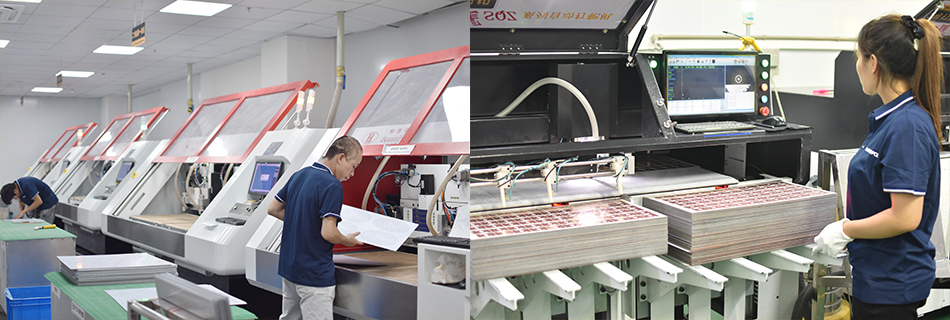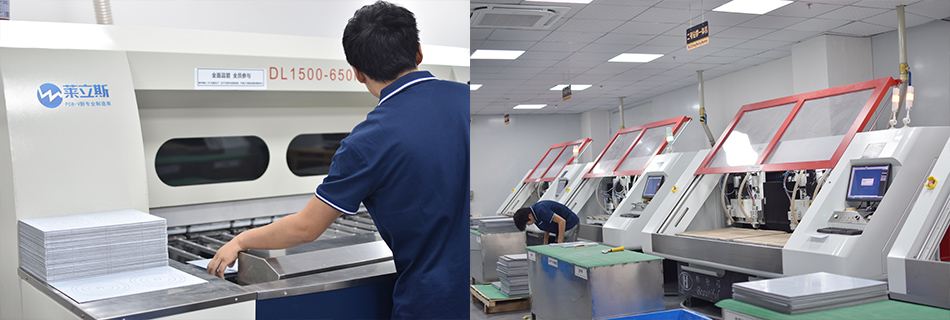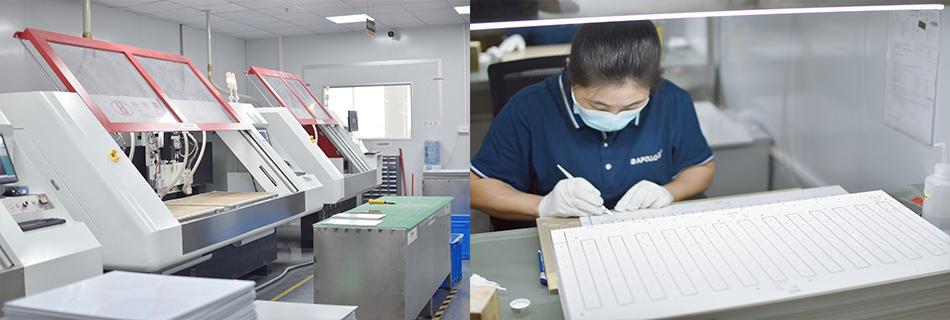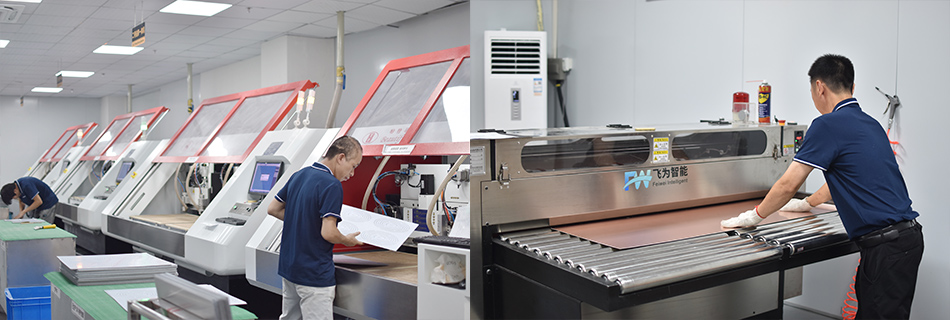-
- PCB TYPE
- PRINTED CIRCUIT BOARD PROTOTYPE ALUMINUM PRINTED CIRCUIT BOARD R&F PCB FPC HIGH FREQUENCY PCB HIGH-TG PCB HEAVY COPPER PCB HDI PCB PCB FOR LIGHTING METAL CORE PCB
time:Sep 30. 2025, 10:07:39
When it comes to high-frequency applications, the demand for efficient and reliable circuit boards is paramount. The 24GHz RF microwave PCB is a critical component in the world of electronics, particularly for applications in wireless communications, radar systems, and satellite technology. In this article, we will delve into the intricacies of 24GHz RF microwave PCBs, their design considerations, and their significant role in advancing modern technology.
A 24GHz RF microwave PCB is a specialized type of circuit board designed to operate at radio frequencies up to 24GHz. These PCBs are engineered to handle high-frequency signals with minimal loss and distortion. They are essential for applications that require rapid data transmission and precise signal integrity.
The importance of 24GHz RF microwave PCBs cannot be overstated. As the demand for faster and more reliable wireless communication grows, these PCBs play a vital role in ensuring that devices can operate at optimal performance levels. They are crucial in industries such as telecommunications, automotive radar systems, and aerospace, where high-frequency operations are a necessity.

Designing a microwave PCB requires careful consideration of various factors to ensure optimal performance. Let's explore some of these critical design elements.
The choice of materials is a fundamental aspect of microwave PCB design. Materials with low dielectric constant and low loss tangent are preferred to minimize signal loss and ensure signal integrity. Common materials include PTFE (Polytetrafluoroethylene), Rogers, and ceramic substrates.
Signal integrity is a major concern in microwave PCB design. High-frequency signals can easily be distorted if not properly managed. Designers must focus on minimizing impedance mismatches and crosstalk between signal traces. This often involves precise trace routing and the use of ground planes.
Microwave PCBs can generate significant heat during operation. Effective thermal management is crucial to prevent overheating and ensure the longevity of the board. This may involve using heat sinks, thermal vias, and careful component placement to dissipate heat efficiently.
The layout and routing of a microwave PCB can significantly impact its performance. Designers must pay attention to trace widths, spacing, and the overall layout to reduce signal loss and interference. The use of controlled impedance traces and proper grounding techniques is essential.

The versatility of 24GHz RF microwave PCBs makes them invaluable across various industries. Here are some key applications:
In the realm of wireless communications, 24GHz RF microwave PCBs are used in devices such as mobile phones, Wi-Fi routers, and satellite communication systems. They facilitate high-speed data transfer and enhance connectivity.
Automotive and defense radar systems rely heavily on microwave PCBs for their high-frequency operations. These PCBs enable accurate detection and ranging, making them essential for applications such as collision avoidance systems and military radar.
In aerospace, microwave PCBs are used in satellite communication systems and navigation equipment. Their ability to maintain signal integrity at high frequencies is crucial for reliable data transmission in space applications.

While 24GHz RF microwave PCBs offer numerous advantages, designing them comes with its own set of challenges.
The complexity of microwave PCB design often leads to higher manufacturing costs. The need for specialized materials and precision engineering can make these PCBs more expensive than their lower-frequency counterparts.
Microwave PCBs are sensitive to environmental factors such as temperature and humidity. Designers must account for these variables to ensure consistent performance under varying conditions.
Testing and validating microwave PCBs require specialized equipment and expertise. Ensuring that the board meets performance specifications can be a time-consuming and challenging process.

In conclusion, 24GHz RF microwave PCBs are a cornerstone of modern technology, enabling high-frequency applications that drive innovation across multiple industries. From wireless communications to radar systems and aerospace technology, these PCBs play a pivotal role in ensuring reliable and efficient performance. As technology continues to advance, the demand for sophisticated microwave PCB designs will only grow, paving the way for even more groundbreaking applications.
Understanding the design considerations, applications, and challenges of 24GHz RF microwave PCBs is essential for anyone involved in the electronics industry. By mastering these concepts, engineers and designers can create cutting-edge solutions that meet the ever-evolving demands of today's high-tech world.

Got project ready to assembly? Contact us: info@apollopcb.com



We're not around but we still want to hear from you! Leave us a note:

Leave Message to APOLLOPCB
